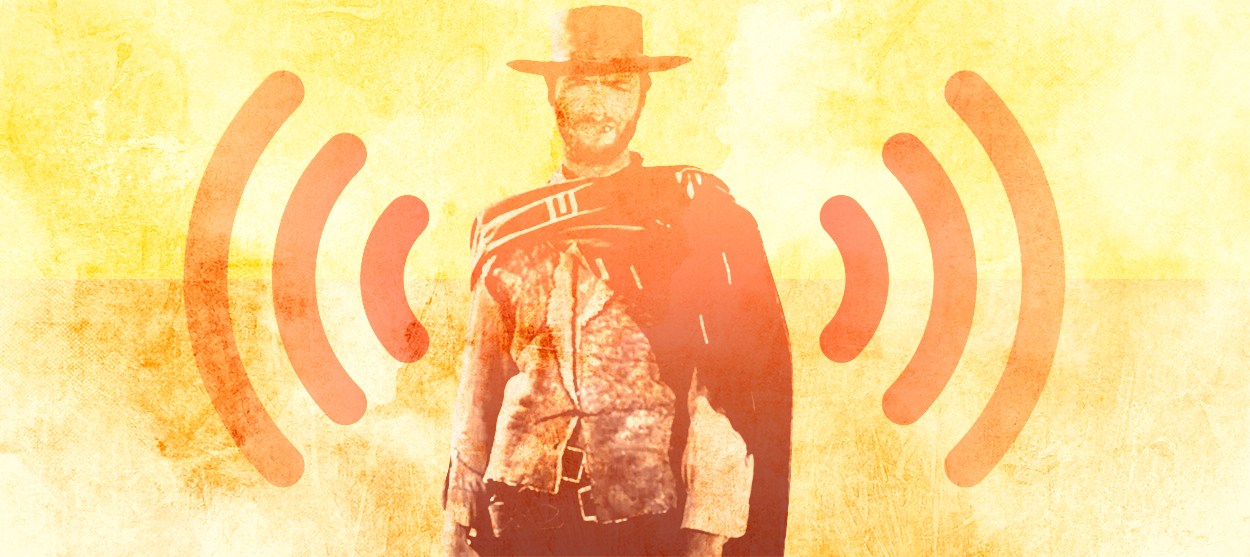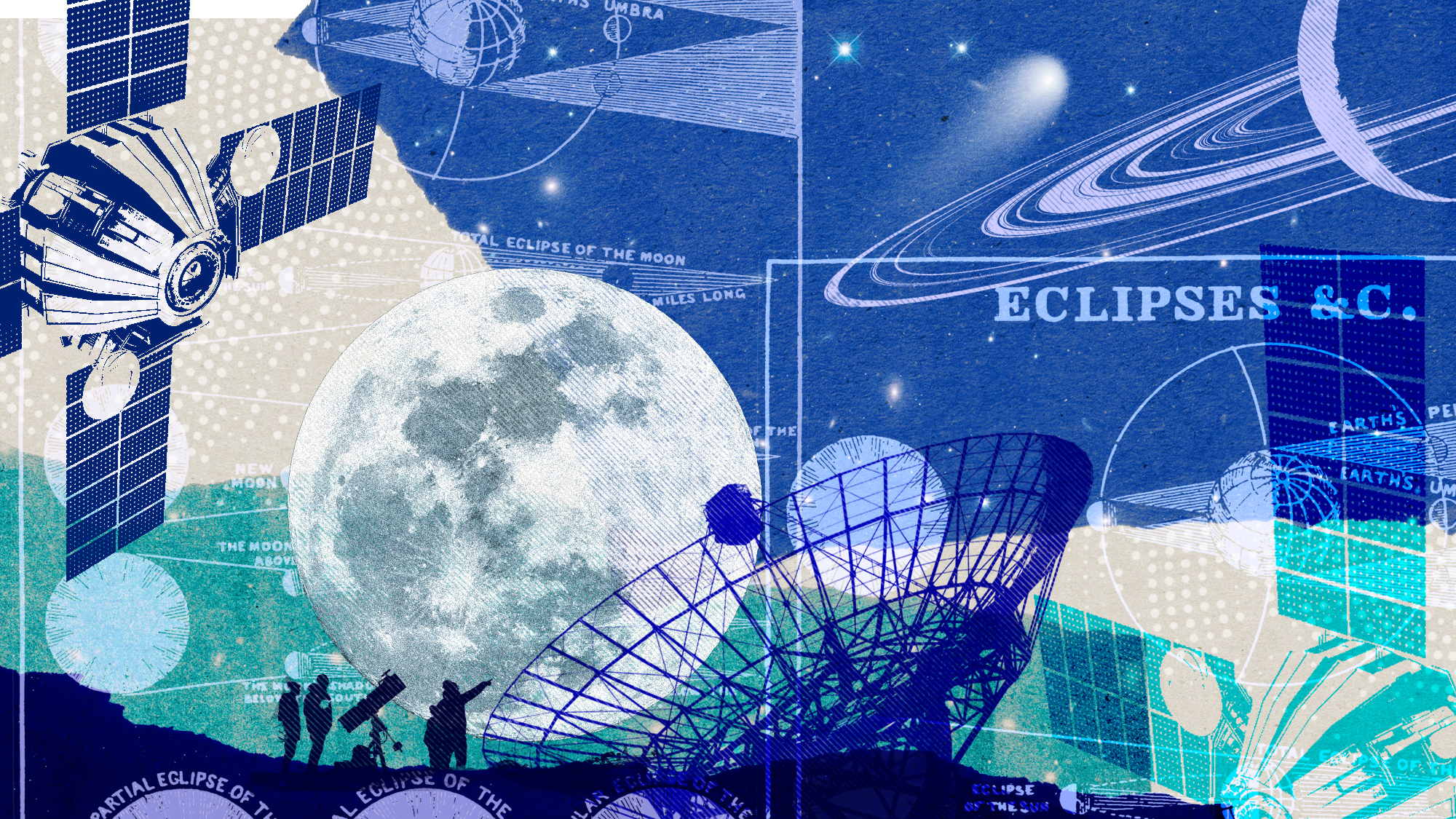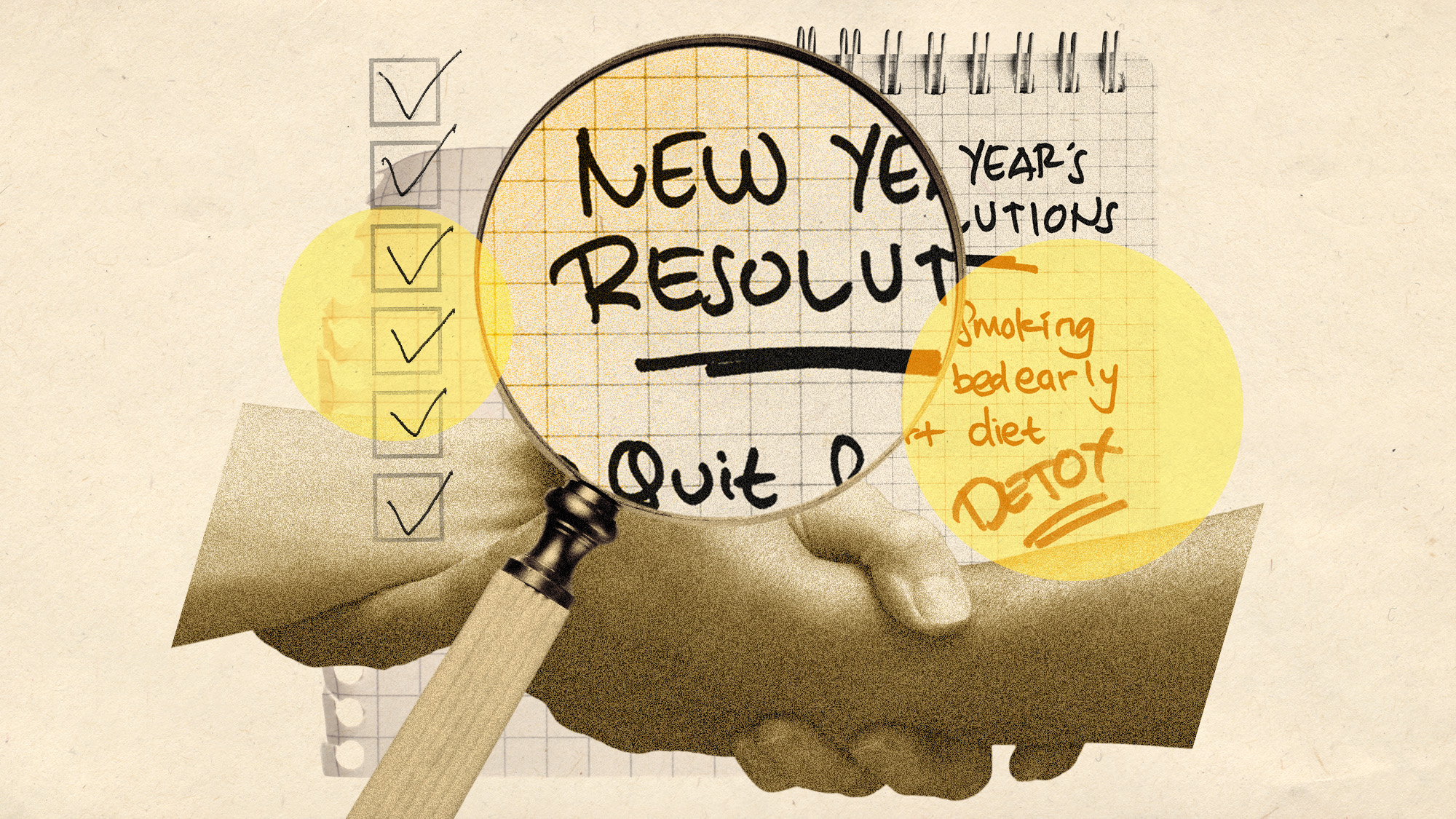How Ennio Morricone won the West
The legendary Italian composer reinvented the region without ever having been there


There is perhaps no single sound more immediately evocative of the American West than the lone ocarina wail from The Good, the Bad, and the Ugly, affectionately transcribed as "ah-ee-ah-ee-ah."
But remarkably, its creator, the Italian composer Ennio Morricone — who died Monday in Rome, following a femur fracture at the age of 91 — didn't visit the American West until 2007, over 40 years after writing the score that would practically come to define it. How, exactly, did a person, who famously never learned English, much less spent any time among the red mesas of Monument Valley or in the dusty borderlands of Arizona, so evocatively capture the lonesome, wild, and gritty spirit unique to the southwestern United States? Morricone's scores would ultimately even supersede the versions of the Southwest depicted by the directors he worked with; over his career, he chiseled out a fresh, if rough-and-tumble, soundscape for the Western movie, supplanting the traditional soaring scores that had defined the genre with (as he'd later put it to Wired) "music made up of the sound of reality."
Morricone, to be sure, was far more than just his Westerns. The composer wrote music for some 500 films, spanning from Sergio Leone's Spaghetti Westerns to Gillo Pontecorvo's political protest film Battle of Algiers (1966), Dario Argento's giallo film The Bird With the Crystal Plumage (1970), Michael Anderson's Jaws rip-off Orca (1977), Terrence Malick's Texan romance Days of Heaven (1978), and Quentin Tarantino's "sorta-Western" The Hateful Eight (2013). Morricone personally seemed to tire, later in life, with the way he was constantly being pegged to his 1960s work on the Dollars Trilogy, the films in which Clint Eastwood starred as The Man with No Name. "It's the worst film Leone made and the worst score I did," Morrione trollishly told The Guardian in 2006 of the first film in the trilogy, A Fistful of Dollars (1964).
The Week
Escape your echo chamber. Get the facts behind the news, plus analysis from multiple perspectives.

Sign up for The Week's Free Newsletters
From our morning news briefing to a weekly Good News Newsletter, get the best of The Week delivered directly to your inbox.
From our morning news briefing to a weekly Good News Newsletter, get the best of The Week delivered directly to your inbox.
There's the distinct danger of falling into the "chicken or the egg" trap with Morricone's Western scores, too. Does his music sound so definitively like the American West simply because it was so influential — his scores, after all, have been endlessly quoted, parodied, and revisited over the years, to the point that they're entirely identifiable even to someone who's never watched a Sergio Leone film. Or did Morricone, who lived out his life in Rome, just happen to understand something about the West that actual Hollywood composers did not: that it was not a conquerable frontier to be bolstered by swelling orchestral strings, but a place with a much darker history?
Morricone most notably divorced himself from the tradition of writing Western scores that applied a kind of 19th-century Romanticism to the landscape, where music served to build up the nobility of the American loner or cowboy encroaching ever-westward into the supposed unlawful and unknown. Scores such as that for John Ford's Stagecoach (1939) and John Sturges' The Magnificent Seven (1960), the latter famously written by Elmer Bernstein, are very nearly swashbuckling, with scholars noting the way they seem to invoke the "American heroism" of composers like Aaron Copland, or, in the case of Ford, a "mythic folksiness." Either way, the scores serve to reinforce the image of a manufactured version of the West; the image they bring to mind is more akin to Disneyland's Frontierland than anything based in reality.
Morricone, by contrast, took a more sinister view of his subject. He was not writing for the by-then well-trodden raucous stereotype of the Old West, but a place with its own sounds worth exploring. By mimicking the noises of the region with his instruments, Morricone developed a distinctly visual world within his scores. Take The Good, The Bad, and The Ugly: "I used a coyote howl: Aie-aie-aaah," the composer once explained to NPR. "That is the theme of the film."
And in an enlightening breakdown of some of Morricone's best-known scores, Flypaper observes how "The Ecstasy of Gold" in particular uses "acoustic instruments as a cinematic device," creating a call-and-response "between … seemingly an effected wind instrument and [vocalist] Edda Dell'Orso." It's no accidental technique: "In this scene from The Good, the Bad and the Ugly, Tuco is frantically searching a graveyard for a bag containing several hundred thousand dollars in gold coins ... the interplay between the effected instrument and the vocals symbolize the gold calling out to Tuco, and Tuco's lust in answer as the camera pulls further and further away..." Other environmental sounds, like the tolling bell, bring to mind noises that could practically be diegetic, like the distant dirge of a mission bell.
A free daily email with the biggest news stories of the day – and the best features from TheWeek.com
All great scores are in the business of storytelling, but Morricone "[broke] the unwritten rule never to upstage actors with music," The New York Times put it in their obituary. His scores, rather, do their own acting. The YouTube comment section on a recording of the wailing, funerary song "Man With A Harmonica," from Once Upon a Time in the West (1968), is full of fans using similes to try to describe what they're "seeing" in the music: "The harmonica sounds like a person crying in fear and despair, and the dramatic orchestral backing sounds like the cold, hard world happening around the person," reads one particularly inspired comment. "The harmonica sounds like an oncoming train," wrote another. Added a third simply, "That's how testosterone sounds like."

Morricone likewise used entirely nonmusical sounds to build his sonic worlds, "such as rattling tin cans, ticking clocks, bubbling water, and duck quacks" — and his famous whip-cracks, whistles, and gunshots — which were described as "gimmicks" by one scholar, Gary Radovich. It's true that, coming from someone who'd spent no time in America, Morricone's music was in effect as much a fantastical projection of an imagined West as the romantic orchestral scores that preceded it. But Morricone, who worked initially on films that lacked the Hollywood budget for a full orchestra, had to be more resourceful with his instrumentation. His scores' grittiness, initially a product of sheer necessity, became its saving grace; the American West came alive, because, in a sense, it was given its own voice to use.
Today, it's impossible to divorce the West from such sounds at all; Morricone, working some 5,500 miles away from the place he was sonically describing, as much reshaped Americans' mythology as our mythology informed his scores. Other composers may have beaten him to the draw, but there is no doubt about who, in the end, won the West.
Jeva Lange was the executive editor at TheWeek.com. She formerly served as The Week's deputy editor and culture critic. She is also a contributor to Screen Slate, and her writing has appeared in The New York Daily News, The Awl, Vice, and Gothamist, among other publications. Jeva lives in New York City. Follow her on Twitter.
-
 Will the mystery of MH370 be solved?
Will the mystery of MH370 be solved?Today’s Big Question New search with underwater drones could finally locate wreckage of doomed airliner
-
 The biggest astronomy stories of 2025
The biggest astronomy stories of 2025In the spotlight From moons, to comets, to pop stars in orbit
-
 Why are micro-resolutions more likely to stick?
Why are micro-resolutions more likely to stick?In the Spotlight These smaller, achievable goals could be the key to building lasting habits
